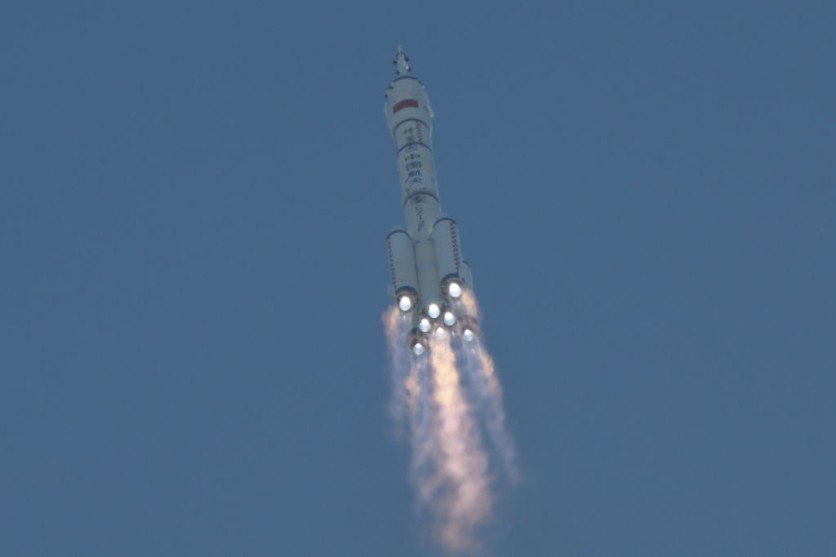Chinese space scientists are gearing up for groundbreaking lunar missions, focusing on exploring water ice in the moon's south pole shadow pit.
China Daily reports that the ambitious Chang'e 7 mission, outlined in a recent paper by researchers from the National Space Science Center under the Chinese Academy of Sciences, promises a multifaceted investigation into lunar mysteries.
Scheduled for launch around 2026, Chang'e 7 follows the upcoming Chang'e 6 mission set to collect samples from the moon's far side in the first half of 2024.
The scientific goals of Chang'e 7 extend beyond lunar soil, delving into the moon's internal structure, magnetic fields, and the enigmatic landscapes of the lunar south pole. The mission also aims to conduct Lunar-Earth Very-long-baseline interferometry (VLBI) experiments.

Scientific Targets and Payloads
The same report tells us that the mission's scientific targets include the detection of water ice and volatile components in lunar soil, providing invaluable insights into the moon's composition.
The Chang'e 7 mission will be equipped with a formidable array of 18 payloads distributed across its detection platforms.
A relay satellite named Queqiao-2, set to launch in the first half of this year, will carry the Lunar Orbit VLBI Experiment (LOVEX), the Grid-based Energetic Neural Atom Imager (GENA), and the Extreme Ultraviolet Camera (EUC).
These instruments will contribute to a comprehensive examination of the lunar environment, enhancing our understanding of the moon's features and resources.
Main Probe Components and Objectives
The main probe of Chang'e 7 comprises an orbiter, a lander, a rover, and a mini-flying probe. The lander is poised to touch down on a crater's illuminated rim near the lunar south pole, accompanied by the rover and mini-flying probe. This strategic landing site promises optimal conditions for scientific exploration.
An impressive array of scientific instruments, including cameras, radars, mineral and water analyzers, spectrometers, magnetometers, a seismograph, and a volatiles detector, will be installed on the main probe.
These instruments will play a pivotal role in achieving the mission's overarching objectives, investigating the moon's formation and evolution, the space environment, and the potential utilization of in-situ resources.
Putting Astronauts on the Moon
Beyond the immediate scientific objectives, the Chang'e 7 mission has broader implications. It is designed to investigate the moon's formation and evolution, study the space environment, and explore the potential for in-situ resource utilization.
This multifaceted approach lays the groundwork for establishing a long-term lunar research station, reflecting China's commitment to sustained lunar exploration.
In a broader context, China's ambitions extend to manned lunar missions before 2030. China's space agency officials have outlined plans for a "short stay on the lunar surface and human-robotic joint exploration." With its reservoirs of water ice, the moon's south pole holds promise as a destination for future lunar expeditions.
Furthermore, China's space station, Tiangong, completed in November 2022, is set for expansion. The addition of a fourth module, to be launched at an appropriate time, underscores China's commitment to advancing scientific experiments and improving living conditions for the crew.
Despite these impressive plans, China expressed its willingness to collaborate with international partners. However, the extent of this collaboration, especially with the United States, remains uncertain.
Stay posted here at Tech Times.

ⓒ 2025 TECHTIMES.com All rights reserved. Do not reproduce without permission.




